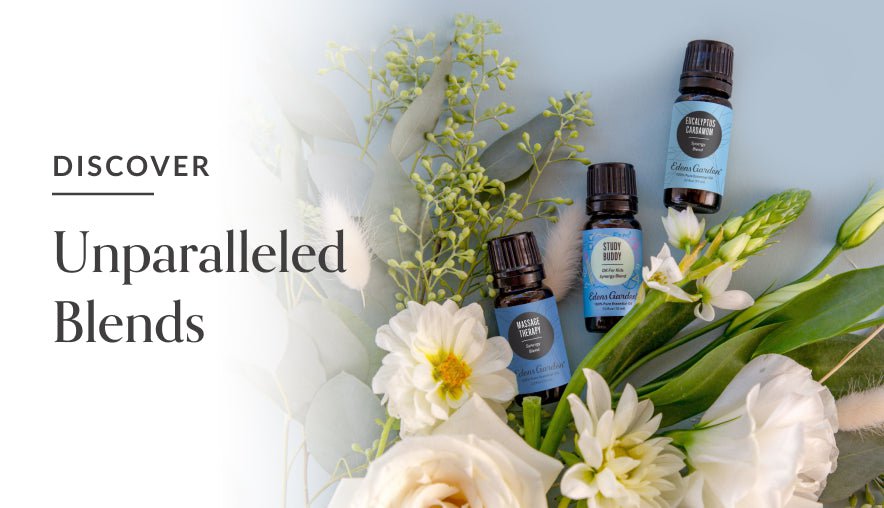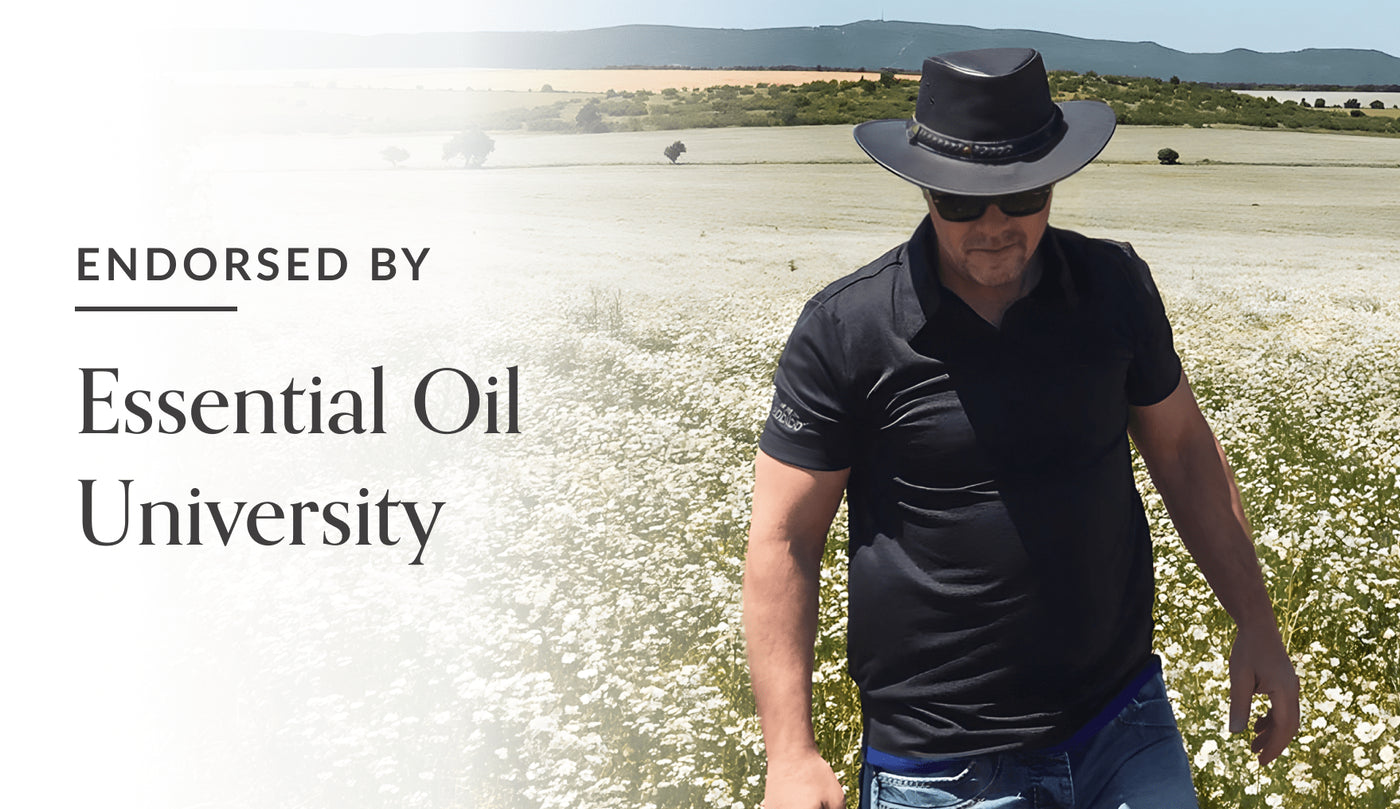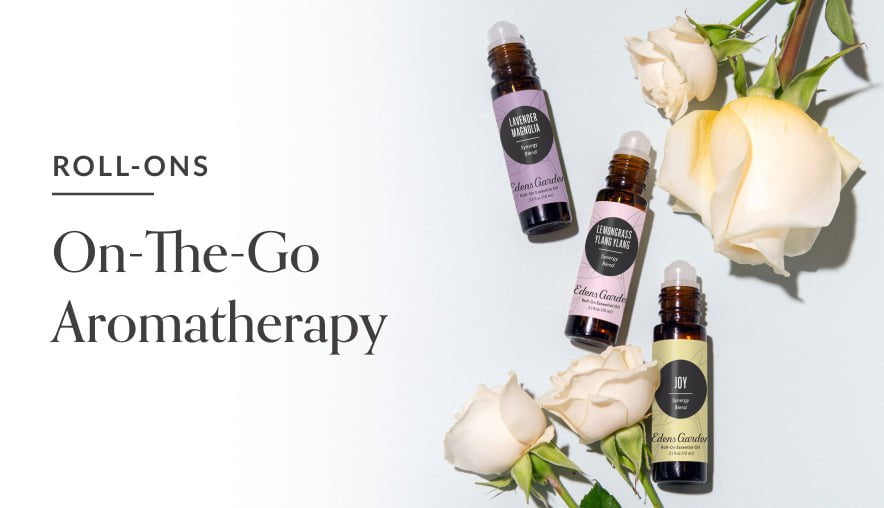What Does It Mean If An Essential Oil Dissolves Styrofoam?

If you saw a video of an essential oil eating through styrofoam, would it encourage you to ingest that EO on the basis that it has a detoxifying effect? Many seem to be divided on this issue. Which is why we at Edens Garden often get asked questions surrounding this viral YouTube phenomenon. What could essential oils eating through styrofoam mean for you and your aromatherapy use? Let’s look at the facts.
Why Can Some EOs Dissolve Styrofoam?
Certain essential oils are very good organic solvents. An organic solvent, or volatile organic compound (VOC), is a compound which contains carbon and easily evaporates when exposed to oxygen. VOCs are used to dissolve certain materials, act as dispersants for coatings such as paint or lacquer, and as a cleaner. One example of a material that many organic solvents can dissolve is styrofoam.
Essential oils such as Lemon exemplify many characteristics of a good organic solvent, in that it is volatile, contains constituents made of carbon and it can eat through styrofoam as many have demonstrated.
What EOs Dissolving Styrofoam Doesn’t Mean
Despite what many may think, an essential oils ability to dissolve matter doesn't indicate its ability to detoxify when ingested. On the contrary, an essential oil’s ability to dissolve styrofoam suggests the dangers of casual EO ingestion, and the need for safe aromatherapy practices to be employed. So though essential oils with organic solvent properties could potentially breakdown the petrochemicals in your body, they can also damage your insides, which some have unfortunately learned the hard way.
What This Means for You and Your Essential Oils
When it comes to EOs, casual use can quickly turn into misuse. So, how can one use essential oils with peace of mind? Following aromatherapy safety precautions and proper guidelines is the best way to use essential oils safely and effectively. When using essential oils in this respect, there is no need to fear adverse reactions, but you can rest assured that you’re getting the most out of your EOs.
Furthermore, it is also recommended that you avoid using essential oils on finishes such as paint and lacquer, and that you mix and store your EOs in glass, PET plastic or stainless steel rather than styrofoam and other plastics.
In light of this information, it is our hope that the next time someone watches a video of an essential oil eating through styrofoam, they’ll know this is not a good reason to ingest it.
Leave a comment (Comments will be approved before showing up)
4 comments
Christy
I was making a perfume oil and was using a Styrofoam cup to hold the carrier oil while I measured my essential oils into it. Halfway through the process it melted. I quickly transferred it to a glass container and sieved it through cloth. Is this batch still safe to use if it has melted Styrofoam in it?
Edens Garden
Hi Marcella! Please reach out to our aromatherapists so we can better assist you: aaa@edensgarden.com
Marcella
I make goat milk soap, however, lately I keep making mistakes. I put my fragrant oll in a foam cup and it totally disenigrated , then I’m not sure about the main oils that I use. Olive oil, palm oil and coconut oil. I’m suito heat to 100 degress, but sometimes I go over and let it come down to 100 degrees, and it’s still hot so I proceed to make soap, but doesn’t come out the way it used to. What do you think I’m doing wrong?? Thank you




Edens Garden
January 11, 2024 at 12:42 pm
Hi Christy! We don’t recommend using this batch to prevent exposure to any unknown chemicals in the styrofoam.